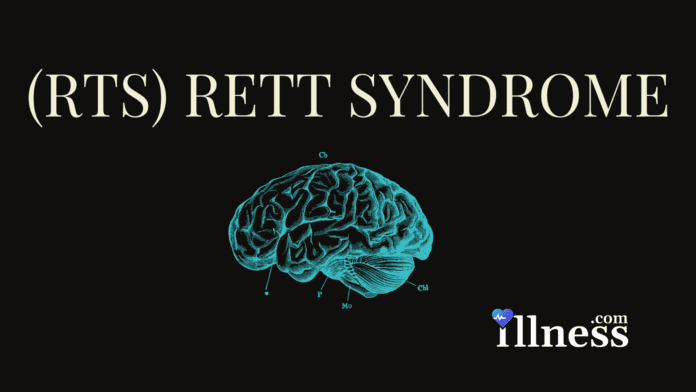Overview Of Rett Syndrome
Rett syndrome (RTT) is a disorder of the nervous system. This condition leads to developmental problems in children. It mostly affects language skills and hand use.
Commonly Associated With
RTT; Scoliosis – Rett syndrome; Intellectual disability – Rett syndrome
Causes Of Rett Syndrome
RTT occurs almost always in girls. It may be diagnosed as autism or cerebral palsy.
Most RTT cases are due to a problem in the gene called MECP2. This gene is on the X chromosome. Females have 2 X chromosomes. Even when one chromosome has this defect, the other X chromosome is normal enough for the child to survive.
Males born with this defective gene do not have a second X chromosome to make up for the problem. Therefore, the defect usually results in miscarriage, stillbirth, or very early death.
Symptoms Of Rett Syndrome
An infant with RTT usually has normal development for the first 6 to 18 months. Symptoms range from mild to severe.
Symptoms may include:
- Breathing problems, which may get worse with stress. Breathing is usually normal during sleep and abnormal while awake.
- Change in development.
- Excessive saliva and drooling.
- Floppy arms and legs, which is frequently the first sign.
- Intellectual disabilities and learning difficulties.
- Scoliosis.
- Shaky, unsteady, stiff gait, or toe walking.
- Seizures.
- Slowing head growth beginning at 5 to 6 months of age.
- Loss of normal sleep patterns.
- Loss of purposeful hand movements: For example, with RTT the grasp used to pick up small objects is replaced by repetitive hand motions like hand wringing or constant placement of hands in the mouth.
- Loss of social engagement.
- Ongoing, severe constipation and gastroesophageal reflux (GERD).
- Poor circulation can lead to cold and bluish arms and legs.
- Severe language development problems.
- NOTE: Problems with breathing patterns may be the most upsetting and difficult symptom of RTT for parents to watch. Why they happen and what to do about them is not well understood. Most experts recommend that parents remain calm through an episode of irregular breathing like breath-holding. It may help to remind yourself that normal breathing always returns and that your child will become used to the abnormal breathing pattern.
Exams & Tests
Genetic testing may be done to look for the gene defect. But, since the defect is not identified in everyone with the disease, the diagnosis of RTT is based on symptoms.
There are several different types of RTT:
- Atypical
- Classical (meets the diagnostic criteria)
- Provisional (some symptoms appear between ages 1 and 3)
RTT is classified as atypical if:
- It begins early (soon after birth) or late (beyond 18 months of age, sometimes as late as 3 or 4 years old)
- Speech and hand skill problems are mild
- If it appears in a boy (very rare)
Treatment Of Rett Syndrome
Treatment may include:
- Help with feeding and diapering
- Methods to treat constipation and GERD
- Physical therapy to help prevent hand problems
- Weight-bearing exercises with scoliosis
- Supplemental feedings can help with slowed growth. A feeding tube may be needed if the child breathes in (aspirates) food. A diet high in calories and fat combined with feeding tubes can help increase weight and height. Weight gain may improve alertness and social interaction.
- Medicines may be used to treat seizures. Supplements may be tried for constipation, alertness, or rigid muscles.
- Stem cell therapy, alone or in combination with gene therapy, is another hopeful treatment.



